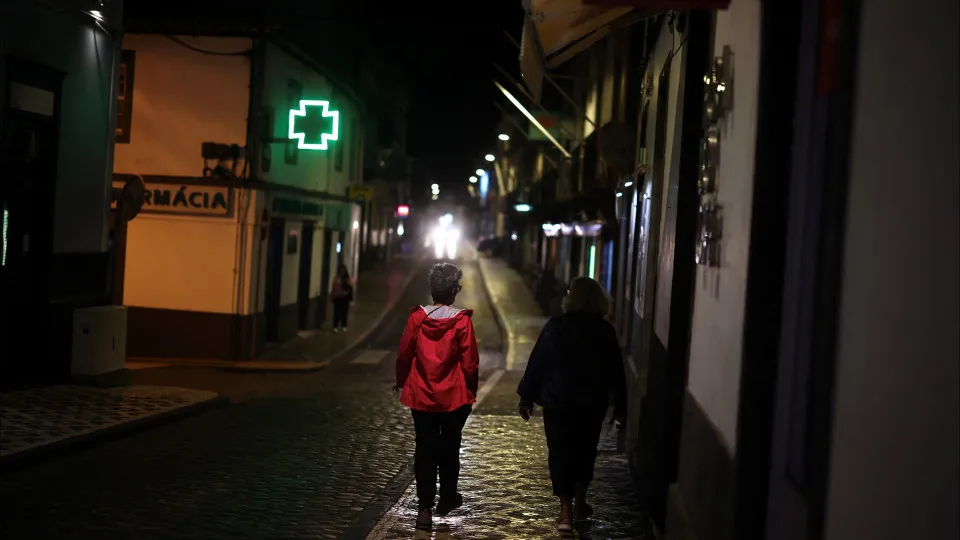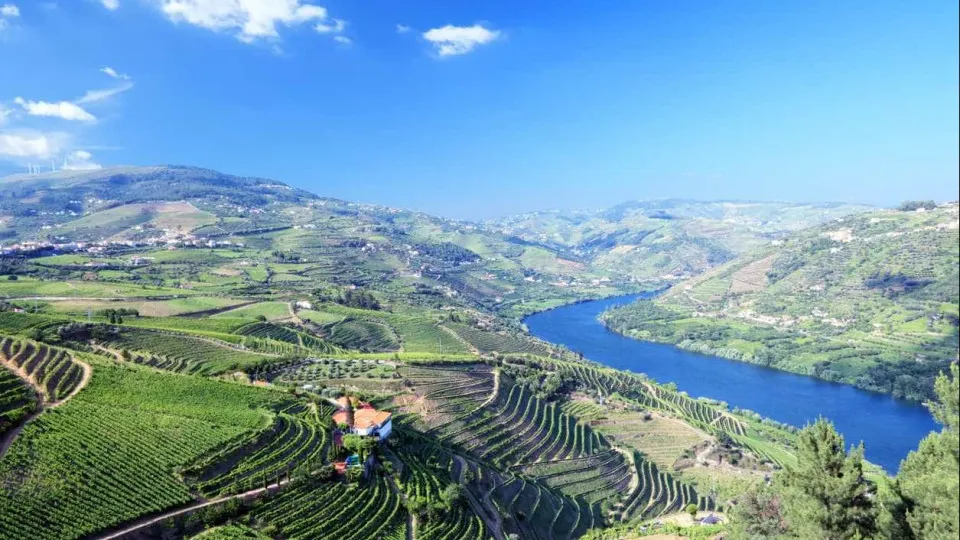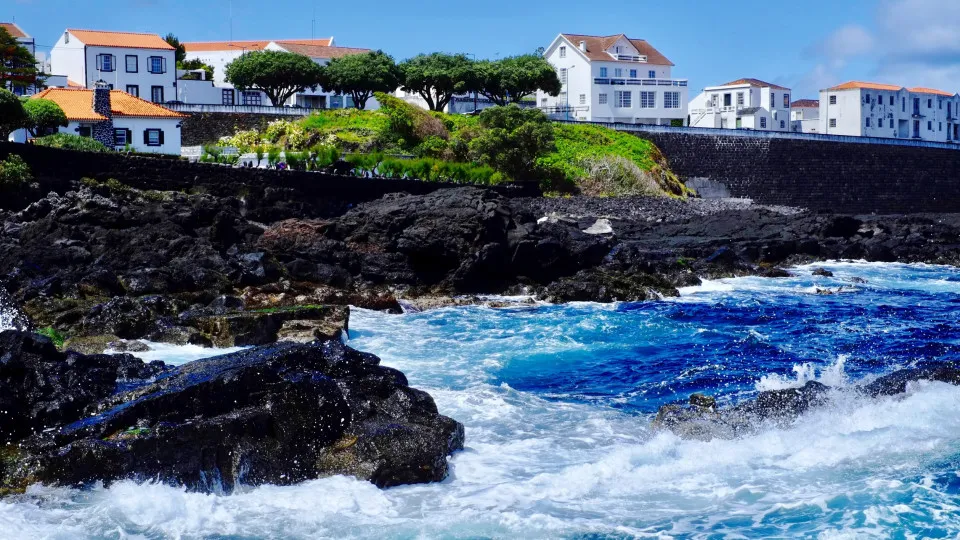
The tropical cyclone Gabrielle affecting the Azores has transitioned from a Category 1 hurricane to a post-tropical depression, according to meteorologist Tânia Viegas of the Azores Regional Delegation of the Portuguese Institute of the Sea and the Atmosphere (IPMA). Despite this change, the cyclone continues to pose concerns, as Viegas noted, “This does not necessarily mean – as is the case here – that it has lost intensity or that wind gusts are weaker.”
Elsa Vieira, a meteorologist from the IPMA’s Azores Regional Delegation in Ponta Delgada, São Miguel Island, provided an update at 6 a.m. local time, stating, “In the Western group [Flores and Corvo], the storm has passed. We still have a maritime agitation warning until 3 p.m. and from 9 a.m., it will start to gradually decrease.” The maximum gust recorded during the storm’s passage in the Western Azorean group was about 70 kilometers per hour (km/h). Rainfall peaked at eight liters per square meter in one hour on Flores Island.
For the Central group (Pico, Faial, Graciosa, Terceira, and São Jorge), “the situation will still persist until 9 a.m., which means there might still be wind gusts with more intensity, around 150 km/h,” Vieira continued. Heavy rainfall is expected, and from 9 a.m., “the situation will also gradually improve, with maritime agitation persistence until 6 p.m. UTC.” In the Eastern group, conditions are expected to start improving from 9 a.m. as well. “There might still be gusts around 110/120 km/h and sometimes heavy rainfall,” the meteorologist stated.
In the Central group, the highest gust recorded so far was 154 km/h in Horta (Faial Island), and precipitation reached 53 liters per square meter in three hours on Graciosa Island. Examining radar images, Vieira acknowledged that in the coming hours, “there might still be some precipitation and stronger gusts, especially on the northern islands of the Central group” (Graciosa and Terceira). On Faial, São Jorge, and Pico islands, “the situation will start to improve.” Vieira concluded, “There might still be some gusts and precipitation in Graciosa and Terceira.”
The Azores’ Central and Western islands remain under a red warning—the most severe in a three-level scale—due to forecasts of rain, wind, and maritime agitation. The Regional Government has declared an alert status until 6 p.m. Friday, prohibiting certain activities in these regions. Public services deemed non-urgent and non-essential, including schools, are also closed in these areas.




